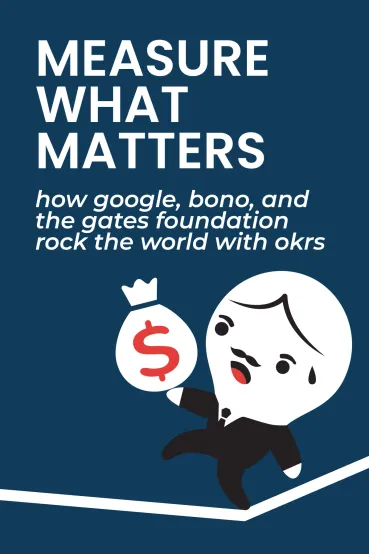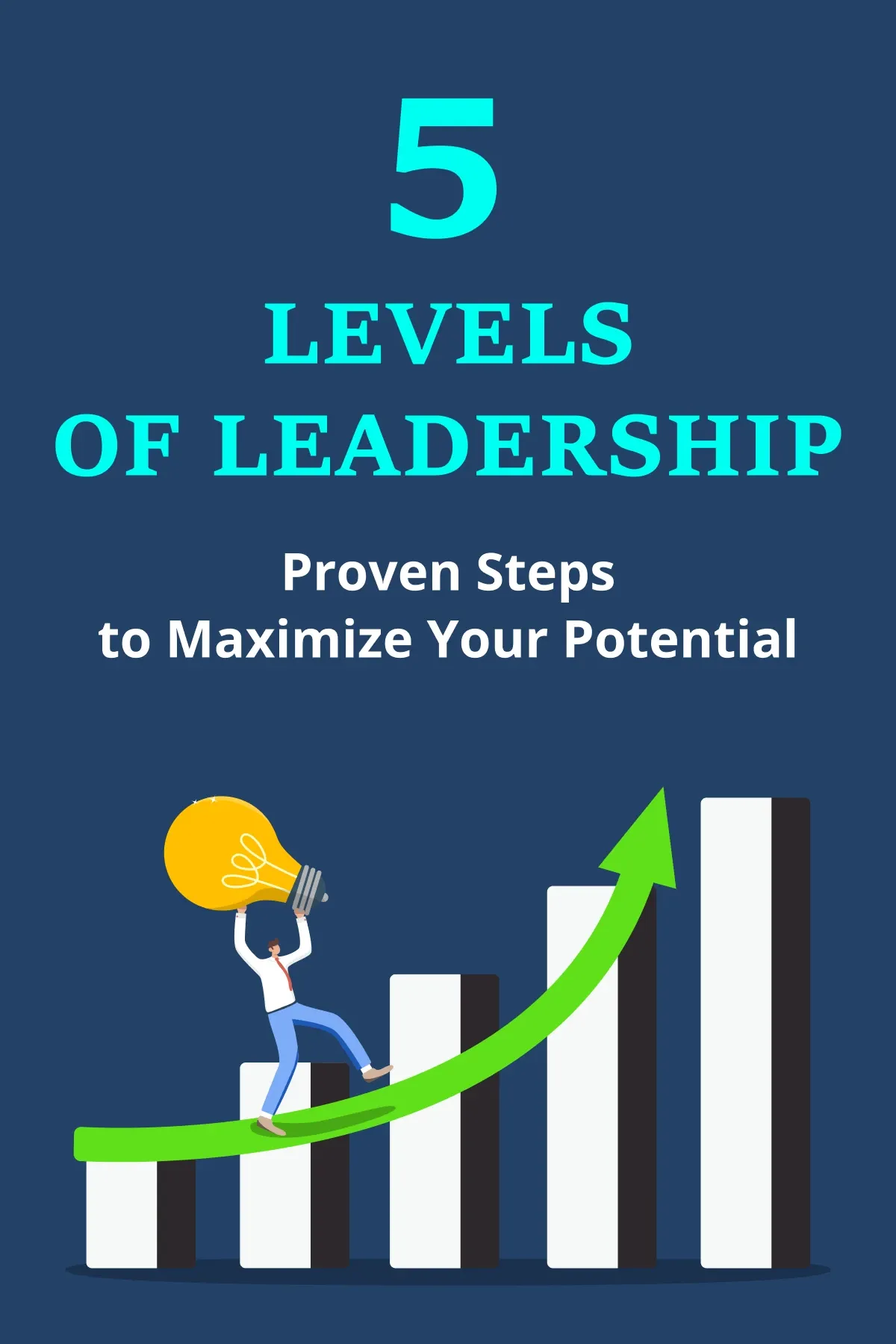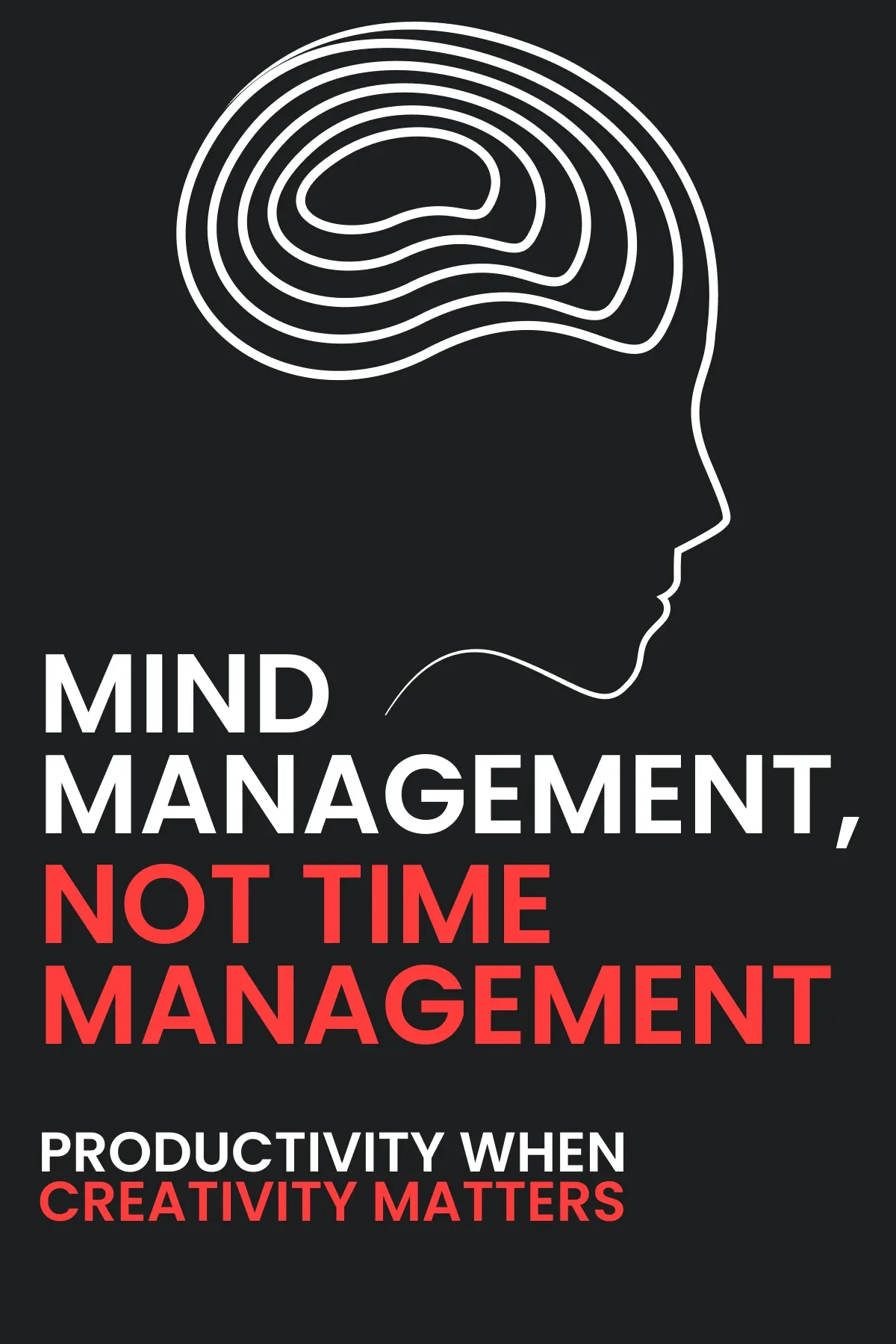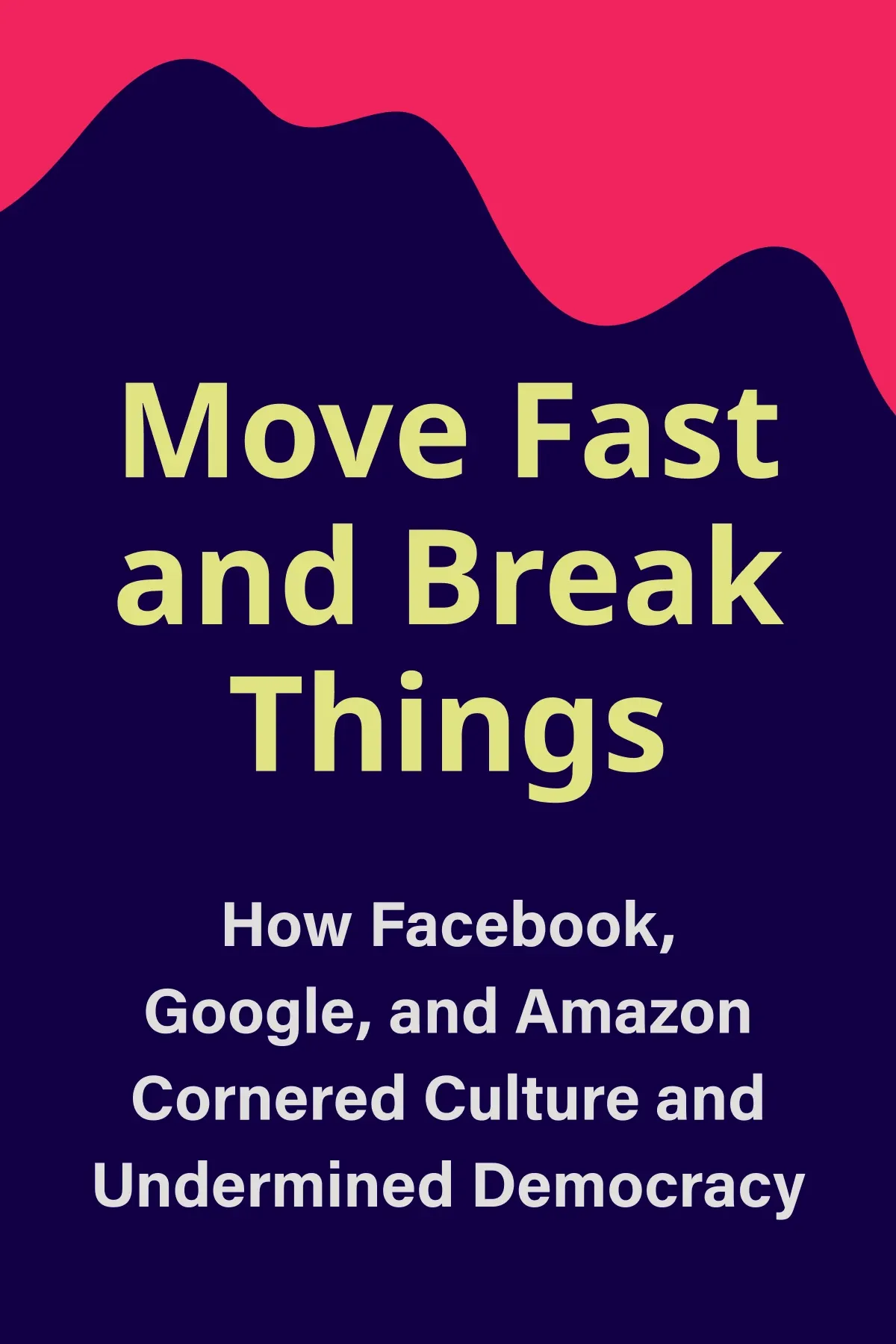
Measure What Matters
Brief Summary
The book “Measure What Matters” by John Doerr explores the concept of Objectives and Key Results (OKRs) as a strategic and measurable approach to goal-setting. It delves into the components of OKRs, emphasizing clarity, accountability, and adaptability within organizations. You can learn to prioritize success with clear and crucial goals and embrace challenging things with a balanced approach.
Topics
Key points
Key idea 1 of 8
In the business world, innovative ideas often appear during important moments. One such moment was a meeting with the forward-thinking founders of Google, Larry Page and Sergey Brin, in 1999. The final goal was to create a smart plan for Google. There were three priorities. Among them are the timely completion of the presentations, the crafting of a prototype for quarterly Google OKRs, and getting approval for a bold three-month OKR experiment.
This was the beginning of Objectives and Key Results (OKRs). The first purpose for organizations was to create a system of setting and achieving goals in the future. OKR became a turning point for companies’ work. What does the OKR system consist of? Its two main parts are Objectives and Key Results. An Objective sets out the big goal that needs to be accomplished. It should be clear, action-focused, and motivating. Key Results are the means you use to reach the objective. They need to be measurable, precise, verifiable, and ambitious.
OKRs also play a role in creating more efficient organizational forms. They reject the usual "rule of seven." According to this rule, the number of reports for workers was limited to 7. Instead, Google managers may supervise more than 20 direct reports. This method encourages independence among workers. Such tendencies result in better and faster innovation.
Andy Grove is considered the "Father of OKRs.” His life wasn’t the easiest one. He faced immense challenges as a young Hungarian refugee fleeing the Nazis regime. Foreign language, no money, and health problems made his path harder. Nevertheless, he managed to lead Intel to become a principal force in the microprocessor market. How was it possible?
Andy Grove had his particular opinion on this issue. Objectives show a path. A clear example is the aim of becoming a leader in the mid-range microcomputer component business. Key Results must describe your objective in numbers or measurable characteristics. For instance, “repackage the entire 8086 family of products.” This mindset played a vital role in Intel's success.
You may also like these summaries











